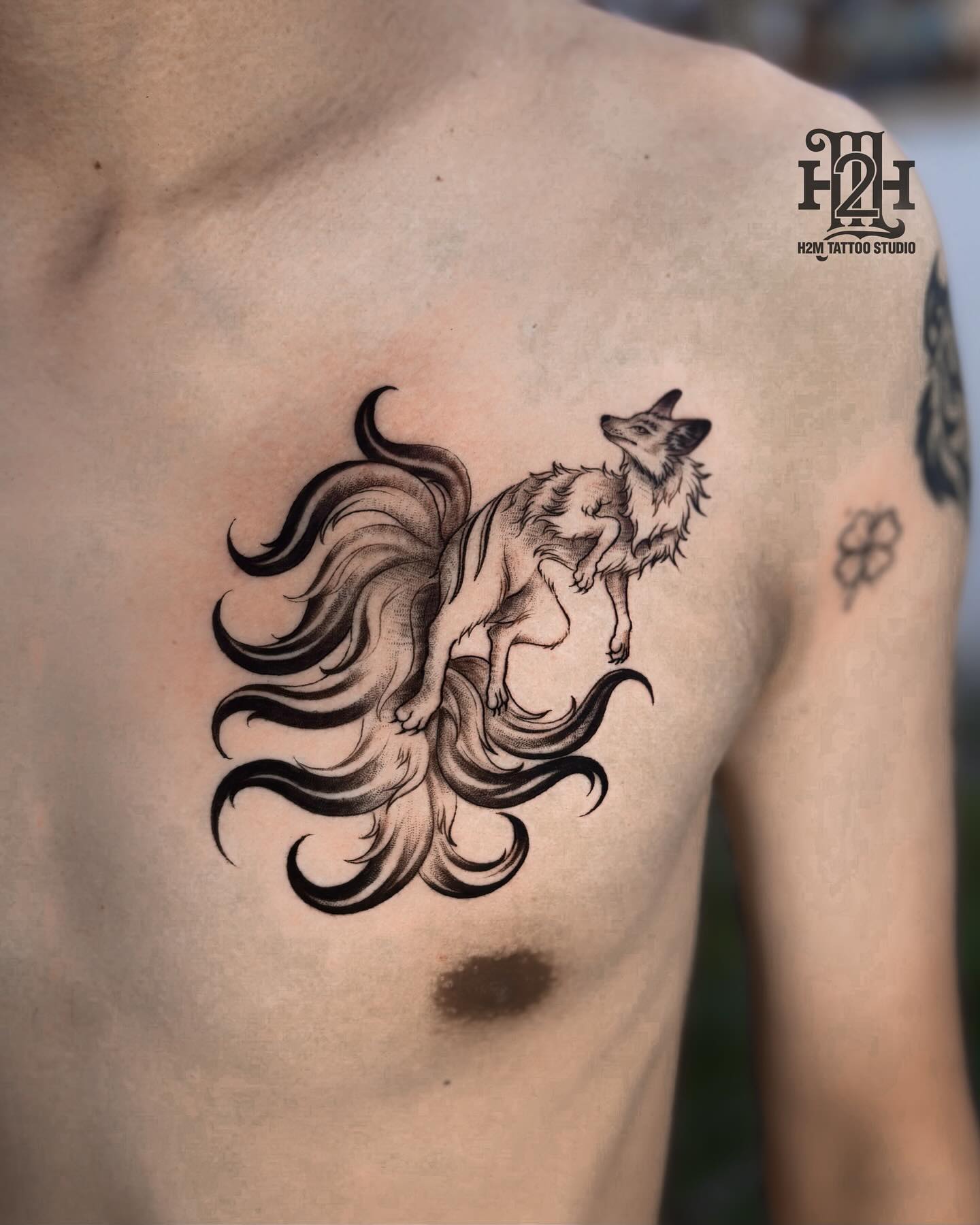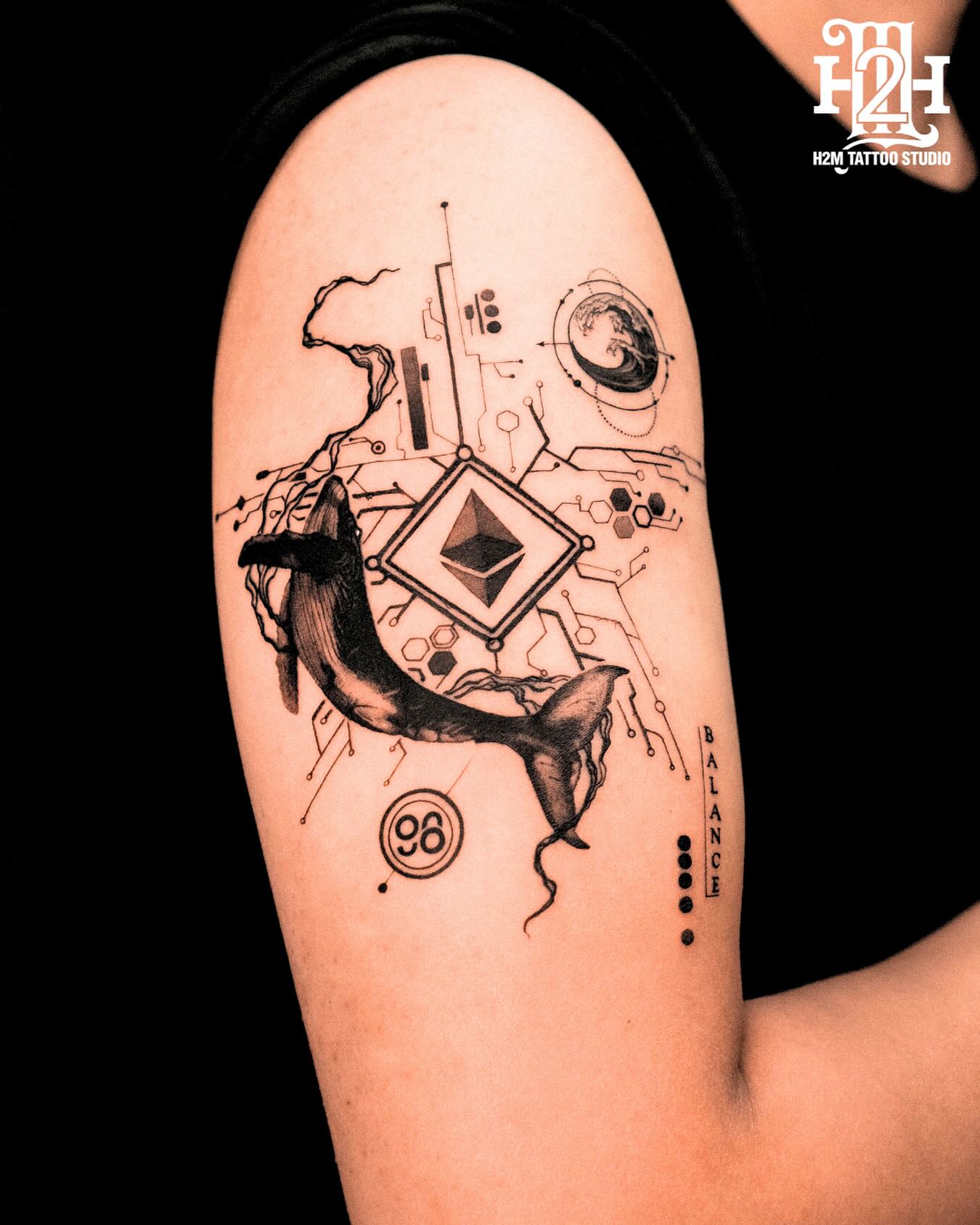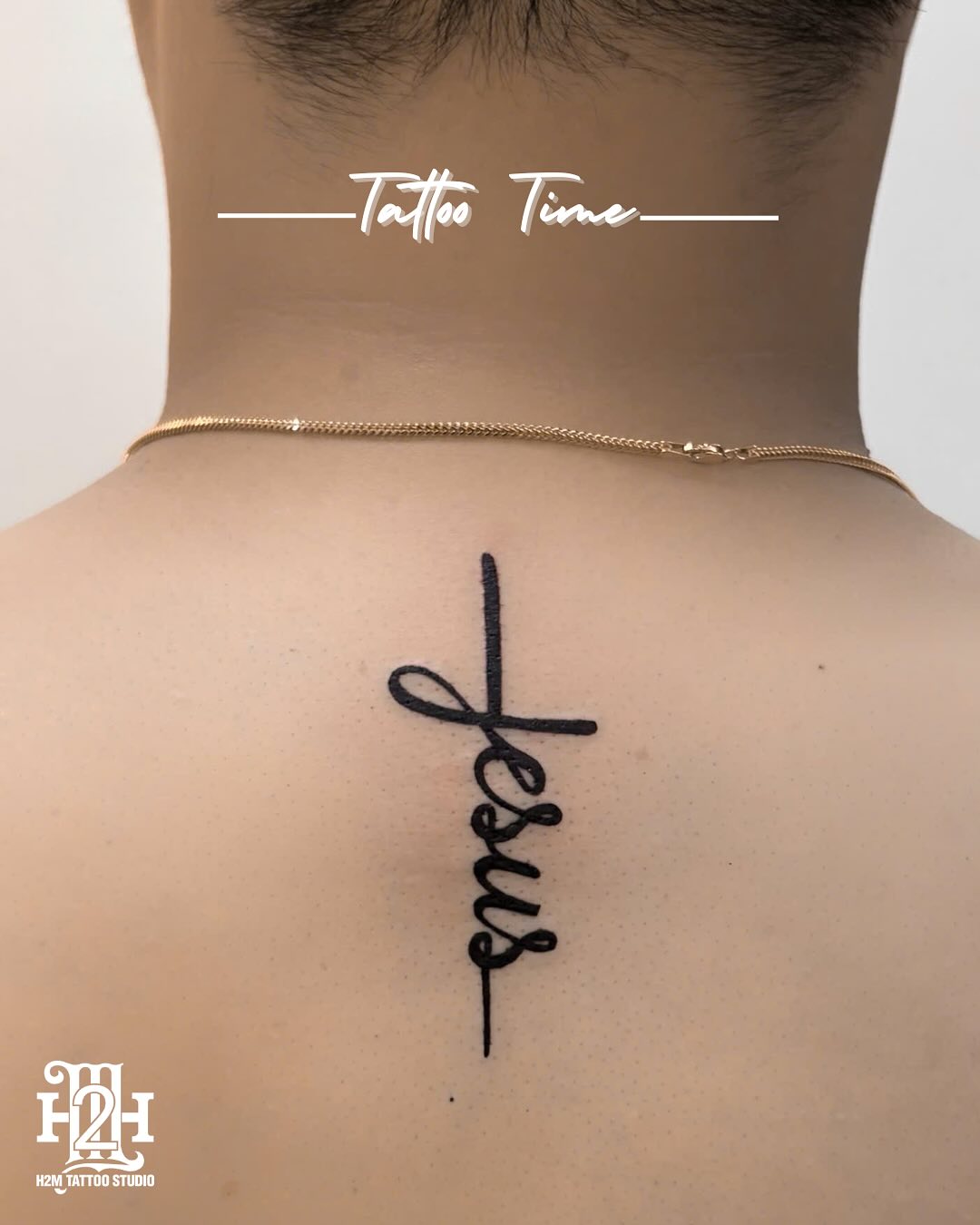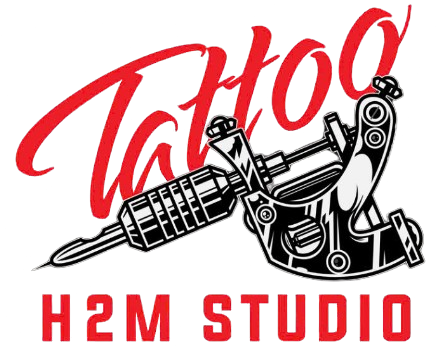Getting a tattoo is more than just choosing the perfect design—selecting the best tattoo location on body is equally crucial for achieving the results you'll love for years to come. At H2M Tattoo Studio, we've guided countless clients through this important decision-making process. This comprehensive guide explores the most popular tattoo locations, their unique advantages and challenges, and expert insights to help you find the perfect spot for your next piece of body art.
Why Choosing the Right Tattoo Location Matters
The decision of where to place your tattoo extends far beyond personal preference—it fundamentally affects the tattoo's appearance, longevity, and your overall experience. Understanding these implications before committing to a location can save you from potential regrets and ensure optimal results.
Tattoo placement directly influences how your artwork will age over time. Areas with high sun exposure, such as hands and forearms, are more susceptible to fading due to UV damage. Similarly, locations that experience frequent stretching or friction, like joints and areas prone to weight fluctuations, may show distortion or wear more quickly than stable body regions.

Pain tolerance varies dramatically depending on tattoo location due to differences in nerve density, skin thickness, and proximity to bones. Areas with thin skin over bone structures, such as ribs or shins, typically cause more discomfort than fleshy regions like upper arms or thighs. This variation can significantly impact your tattooing experience and may influence the complexity of designs you're comfortable pursuing.
The healing process also differs substantially between body locations. Areas that experience frequent movement, moisture, or clothing friction require more careful aftercare and may take longer to heal properly. Additionally, some locations are more prone to complications during the healing phase, making proper placement selection crucial for successful tattoo completion.
>>>> READ MORE: vietnam tattoo prices 2025 : Complete Guide with 7 Cost-Saving Tips
Key Factors to Consider When Choosing a Tattoo Location
Selecting the optimal tattoo placement requires careful evaluation of several interconnected factors that will influence both your immediate experience and long-term satisfaction with your body art.
Skin characteristics and aging patterns play a fundamental role in tattoo longevity. Areas with naturally thicker skin, such as the back or upper arms, typically maintain tattoo quality better over time. Consider how different body regions respond to aging—areas prone to weight fluctuations or significant skin changes may affect your tattoo's appearance decades down the road.
Pain tolerance and nerve density vary significantly across body locations. Understanding your personal pain threshold helps determine whether you can comfortably complete larger pieces in more sensitive areas or should opt for locations known for minimal discomfort.
Lifestyle and visibility requirements significantly impact placement decisions:
- Professional environment restrictions
- Personal comfort with visible tattoos
- Seasonal clothing considerations
- Activity-specific concerns (sports, swimming, etc.)
Healing complexity and aftercare demands differ substantially between locations. Some areas require more intensive care, frequent cleaning, or protection from environmental factors. Consider your ability to properly maintain aftercare routines when selecting placement.
Symbolic significance and personal meaning often influence location choices. Many people choose placements that hold personal significance or enhance the tattoo's symbolic value, such as heart-related designs near the chest or protective symbols on shoulders.

>>>> SEE MORE: How to get a custom tattoo design inspired by vietnamese art
Most Popular Tattoo Locations and Their Pros & Cons
Understanding the advantages and challenges of popular tattoo locations helps you make informed decisions based on your priorities and circumstances.
| Location | Pros | Cons |
| Upper Arm and Shoulder |
|
|
| Forearm and Wrist |
|
|
| Back (Upper and Lower) |
|
|
| Chest and Collarbone |
|
|
| Thighs and Calves |
|
|
| Ribs, Spine, Feet, and Hands |
|
|
>>>> READ MORE: Top 8 tattoo artists in vietnam – Discover Trusted Names at H2M Tattoo Studio
Tattoo Styles and Their Ideal Locations
Different tattoo styles thrive in specific body locations due to factors like skin texture, available space, and natural body contours that enhance or detract from particular artistic approaches.
Fine line and detailed tattoos require locations with stable, smooth skin to maintain their intricate elements over time. Upper arms, back, and thighs provide ideal canvases for these delicate designs, as they experience minimal stretching and offer sufficient space for precise detail work. Avoid placing fine line tattoos on hands, feet, or areas prone to frequent movement, as these locations may cause detail loss over time.
Large-scale and traditional tattoos benefit from broader body areas that can accommodate their bold designs and allow for proper composition flow. The back, chest, and thighs serve as excellent locations for traditional American, Japanese, or neo-traditional styles that require substantial space for visual impact. These locations also provide the skin stability needed to maintain bold lines and color saturation characteristic of traditional tattooing approaches.
Small, symbolic tattoos offer more placement flexibility but still benefit from strategic location selection. Consider areas like the inner wrist, behind the ear, or upper ribcage for intimate, personal pieces. However, remember that very small tattoos in high-wear areas like fingers may not age gracefully and might require more frequent touch-ups.
Text and script tattoos require careful placement consideration to ensure readability and proper flow with natural body contours. Horizontal text works well along collarbones, ribcage, or upper back areas, while vertical text can complement the natural lines of the spine, forearm, or side torso. Avoid placing text tattoos in areas where skin stretching might distort letter spacing or readability over time.

How to Choose the Perfect Tattoo Location: Expert Advice
Making the optimal tattoo placement decision requires balancing multiple factors while considering your long-term satisfaction and lifestyle requirements. Drawing from professional experience and client feedback, these expert recommendations will guide you toward the best choice for your circumstances.
Consult with experienced tattoo artists who can provide placement-specific insights based on your design, lifestyle, and goals. Skilled professionals understand how different locations affect tattoo execution, healing, and aging. They can recommend modifications to optimize your design for your chosen placement or suggest alternative locations that better suit your artistic vision.
Consider your life stage and future plans when selecting tattoo placement. Young adults entering professional careers should carefully evaluate visibility restrictions, while individuals in established careers may have more placement flexibility. Think about potential lifestyle changes, such as career transitions, family planning, or activity level modifications that might influence your satisfaction with certain locations.
Evaluate your pain tolerance realistically by considering your previous experiences with discomfort and your ability to sit through potentially lengthy sessions. If you're unsure about your pain threshold, start with a smaller tattoo in a less sensitive area before committing to extensive work in high-pain locations.
>>>> READ MORE: how to prepare for a tattoo appointment : A Complete Guide!
Plan for proper aftercare commitment by honestly assessing your ability to maintain proper healing protocols for different body locations. Some placements require more intensive care, frequent cleaning, or lifestyle modifications during healing. Choose locations where you can consistently provide appropriate aftercare attention.
Balance aesthetic preferences with practical considerations by prioritizing factors most important to your long-term satisfaction. Create a weighted list of priorities—whether visibility, pain levels, professional considerations, or artistic impact matter most to your decision-making process.
Consider tattoo expansion possibilities if you anticipate adding complementary pieces in the future. Some locations offer better opportunities for cohesive sleeve development or larger compositions, while others work better as standalone pieces.
Test placement with temporary designs or have your artist create placement mockups to visualize how your chosen design will look and flow with your body's natural contours. This preview process can reveal placement issues or improvements before permanent commitment.
Selecting the best tattoo location on body requires thoughtful consideration of multiple factors that extend far beyond initial aesthetic preferences. From pain tolerance and healing complexity to professional visibility and long-term aging, each placement choice carries unique advantages and challenges that will influence your satisfaction for years to come. Ready to find the perfect placement for your next tattoo? The experienced artists at H2M Tattoo Studio are here to help you navigate this important decision with expert guidance tailored to your unique needs and artistic vision. Contact us today to schedule a consultation and discover how proper placement planning can elevate your tattoo experience from concept to completion.
>>>> NOTE NOW:





